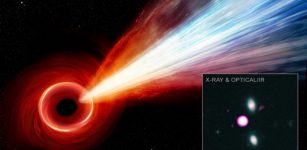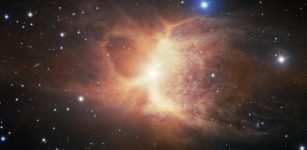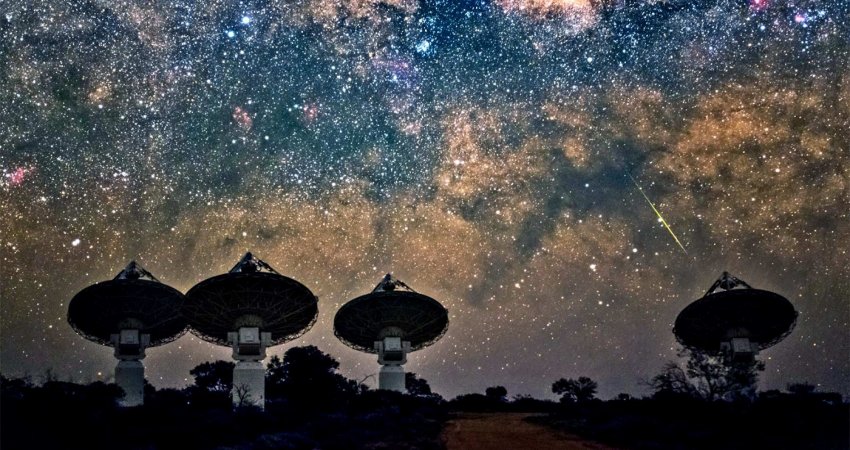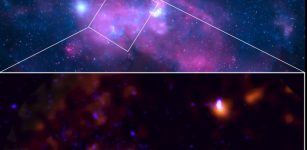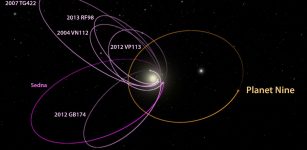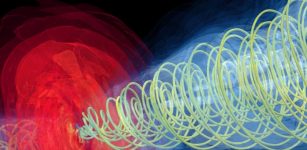WFIRST: New NASA Mission Will Be Continuously Monitoring 100 Million Stars At The Center Of The Galaxy
Eddie Gonzales Jr. – MessageToEagle.com – The Wide Field InfraRed Survey Telescope (WFIRST) is the next NASA astrophysics flagship mission, to follow the James Webb Space Telescope.
A NASA telescope that will give humans the largest, deepest, clearest picture of the universe since the Hubble Space Telescope could find as many as 1,400 new planets outside Earth’s solar system, new research suggests.
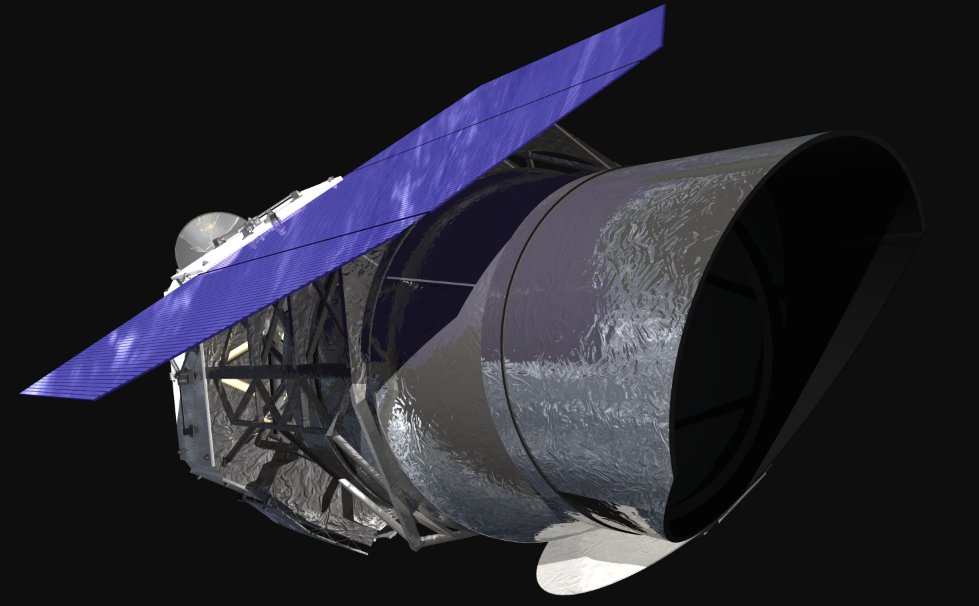
The study by a team of astronomers at The Ohio State University, provides the most detailed estimates to date of the potential reach of the Wide Field Infrared Survey Telescope mission (nicknamed WFIRST.) It was designed by NASA and astronomers throughout the country to find new planets and research dark energy, the mysterious force that pervades otherwise empty space and that could hold the keys to understanding how the universe expands.
“We want to know what kind of planetary systems there are,” Matthew Penny, lead author of the study and postdoctoral researcher in the Ohio State Department of Astronomy, said in a press release.
“To do that, you need to not just look where the obvious, easy things are. You need to look at everything.”
The mission will build on the work of Kepler, a deep-space telescope that found more than 2,600 planets outside our solar system. The Kepler mission ended Oct. 30, 2018.
“Kepler began the search by looking for planets that orbit their stars closer than the Earth is to our Sun,” Penny said. “WFIRST will complete it by finding planets with larger orbits.”
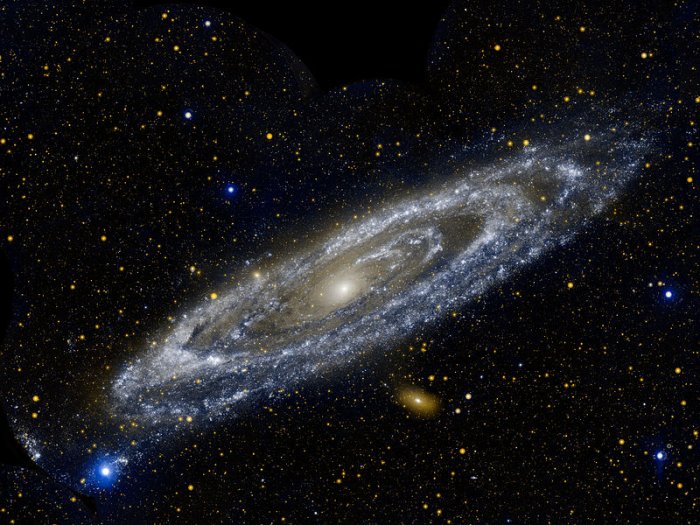
WFIRST will use gravitational microlensing, a technique that relies on the gravity of stars and planets to bend and magnify the light coming from stars that pass behind them from the telescope’s viewpoint. WFIRST will spend long stretches of time continuously monitoring 100 million stars at the center of the galaxy. It will also map the Milky Way and other galaxies 100 times faster than the famous Hubble Space Telescope.
Penny’s study predicted that about 100 of those not-yet-discovered planets could have the same or lower mass as Earth and the WFIRST to see more stars and planets than any previous organized search.
“Although it’s a small fraction of the sky, it’s huge compared to what other space telescopes can do,” Penny said. “It’s WFIRST’s unique combination – both a wide field of view and a high resolution – that make it so powerful for microlensing planet searches. Previous space telescopes, including Hubble and James Webb, have had to choose one or the other.”
“WFIRST will allow us to find types of planets that we haven’t seen before now,” Penny said. “From WFIRST’s microlensing survey, we will learn how frequently different types of planets are formed, and how unique our solar system is.”
So far, scientists have discovered about almost 700 planetary systems—also known as solar systems—containing more than one planet. And they have discovered some 4,000 planets.
“Infrared light allows to see through dust that lies in the plane of the Milky Way in between us and the galactic center, something optical telescopes on the ground cannot do,” Penny said. “This gives WFIRST access to parts of the sky that are more densely packed with stars.”
Written by Eddie Gonzales Jr. – MessageToEagle.com Staff Writer

